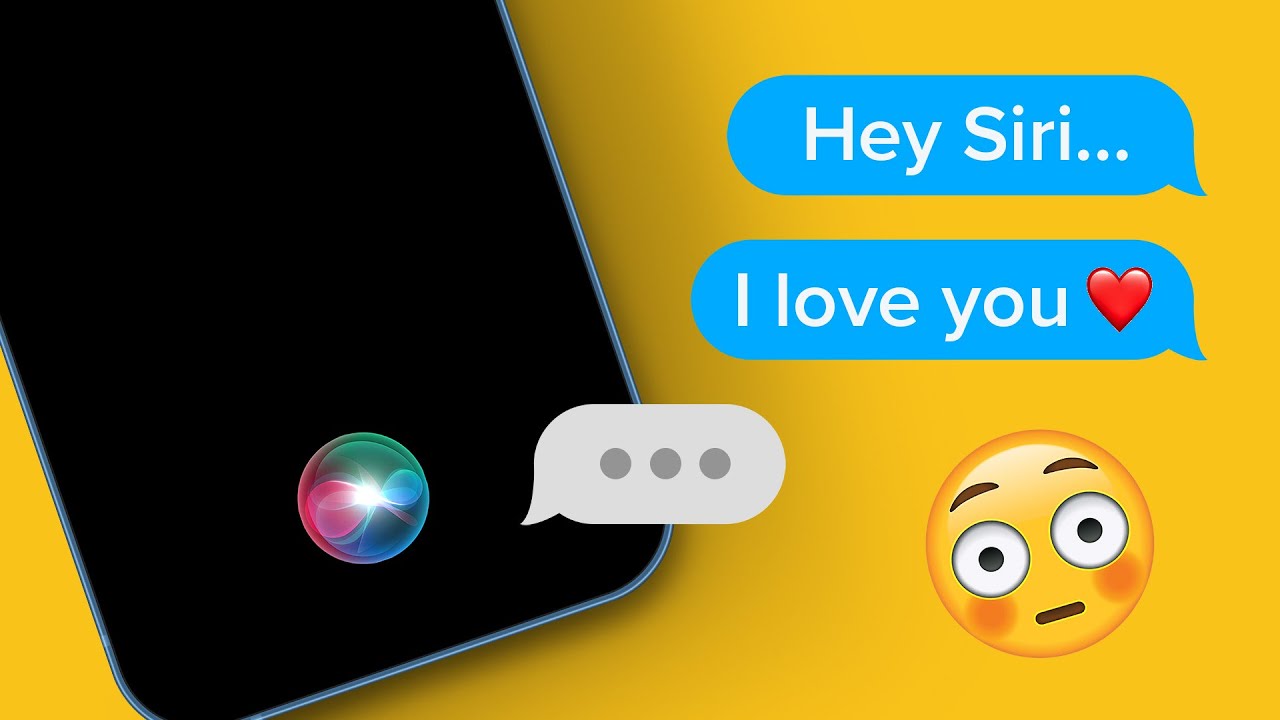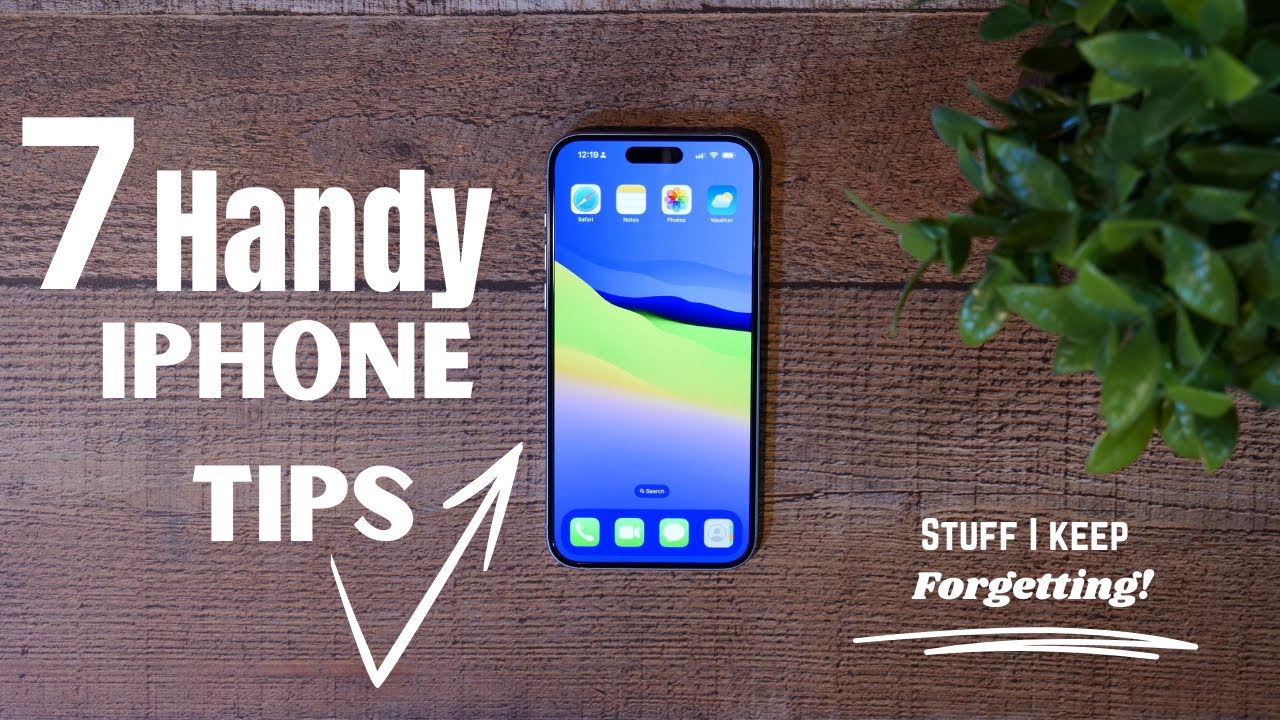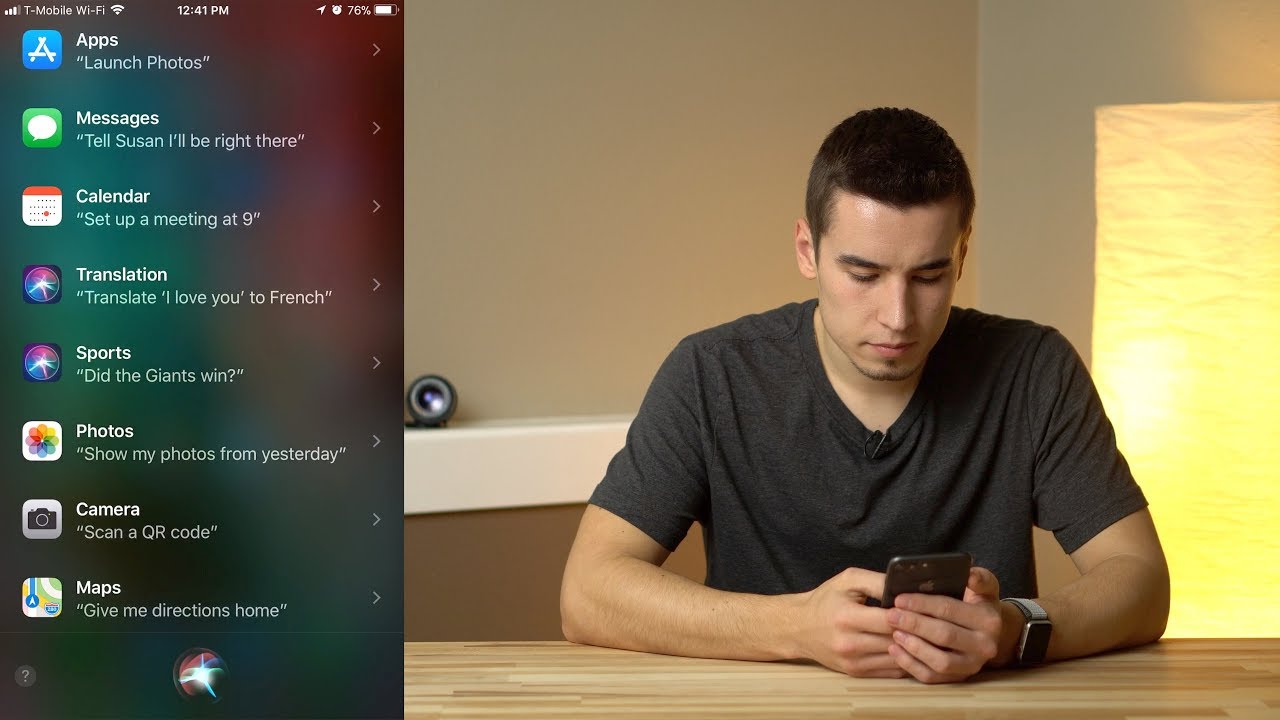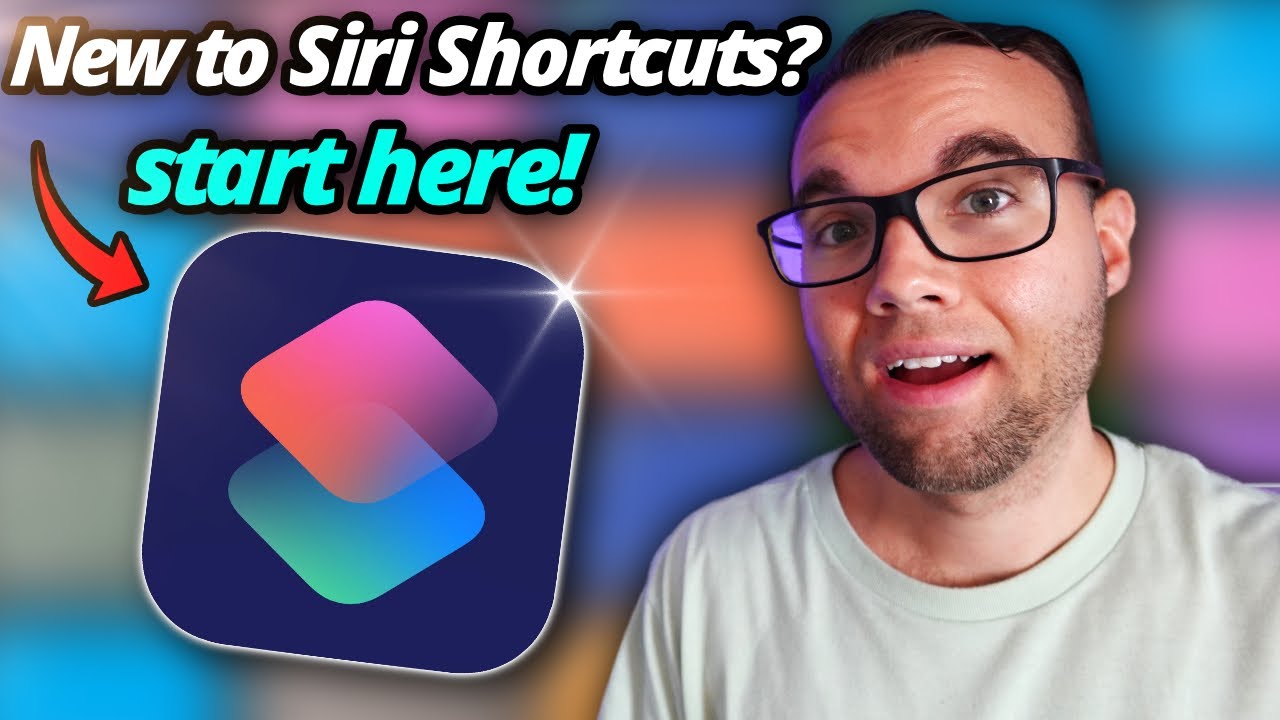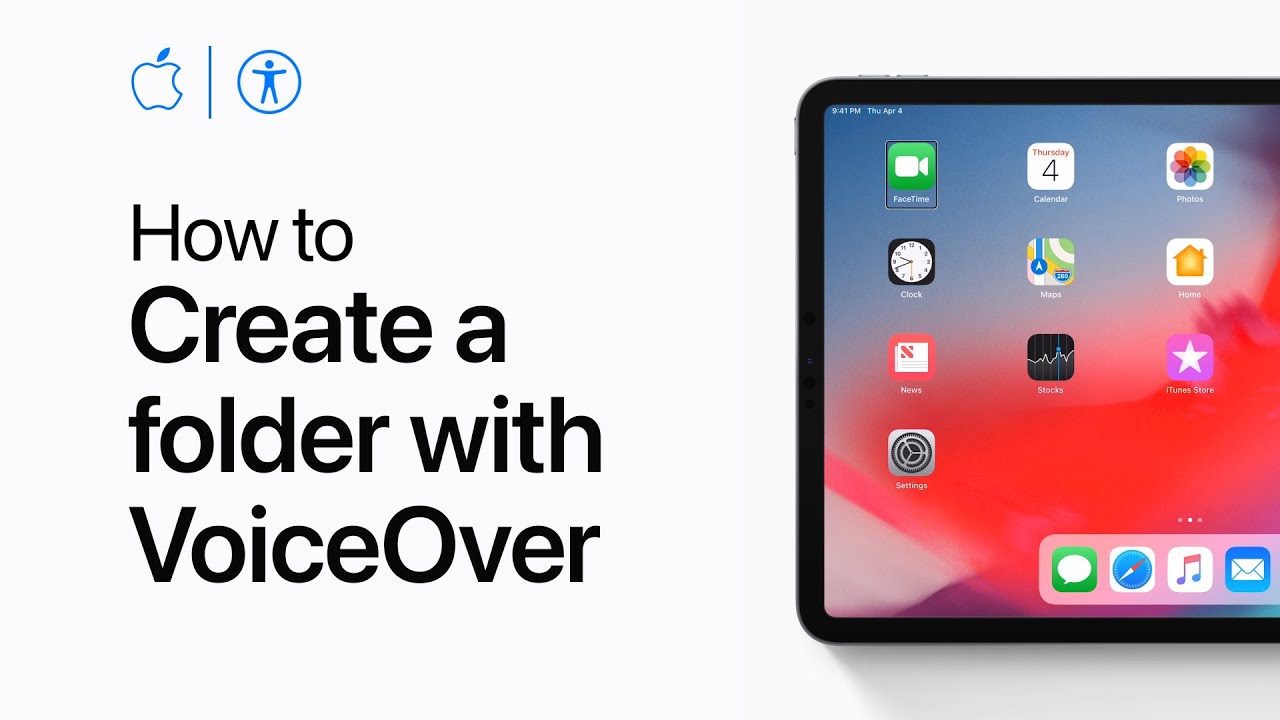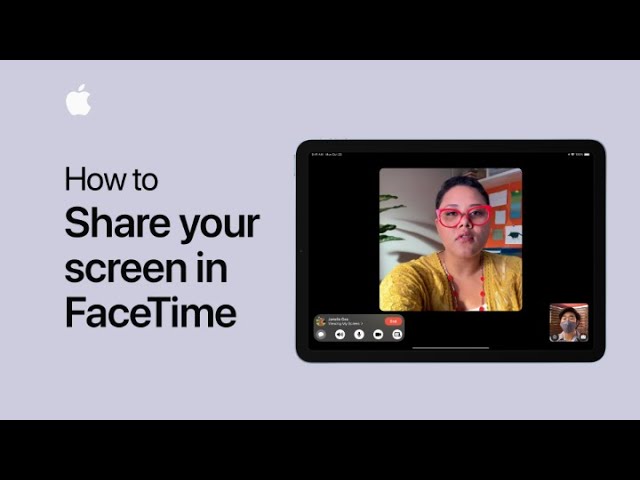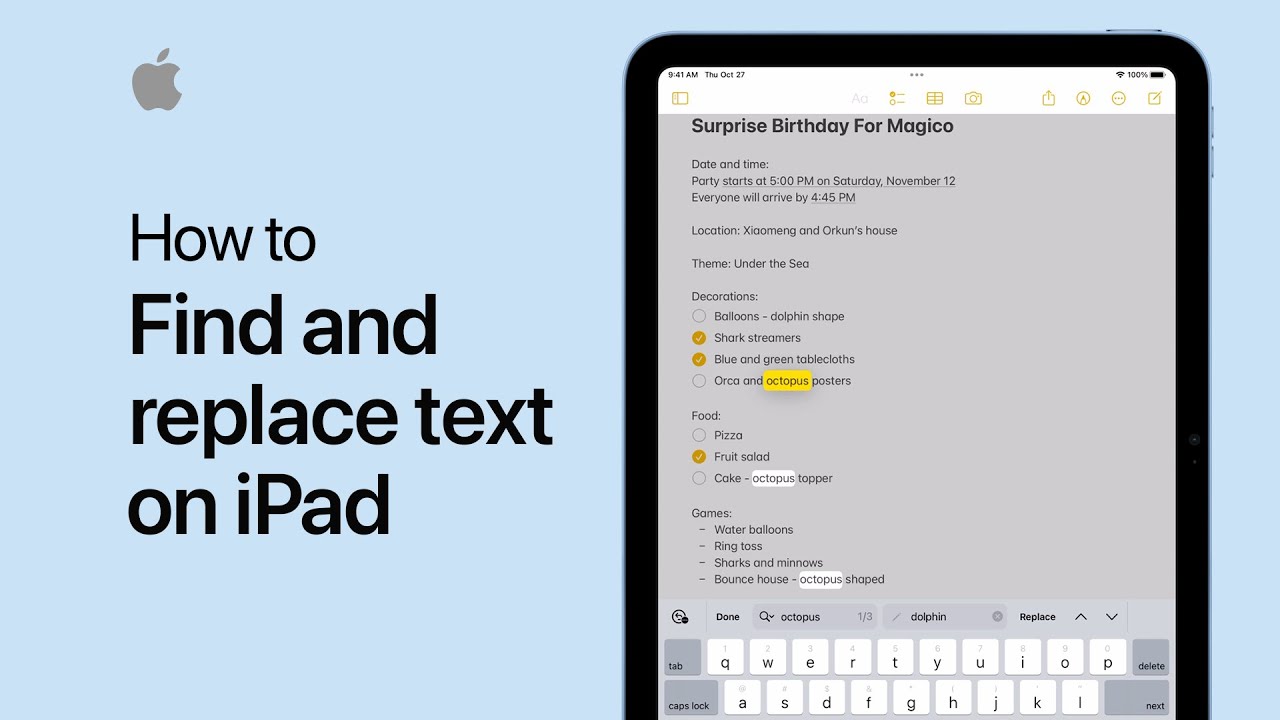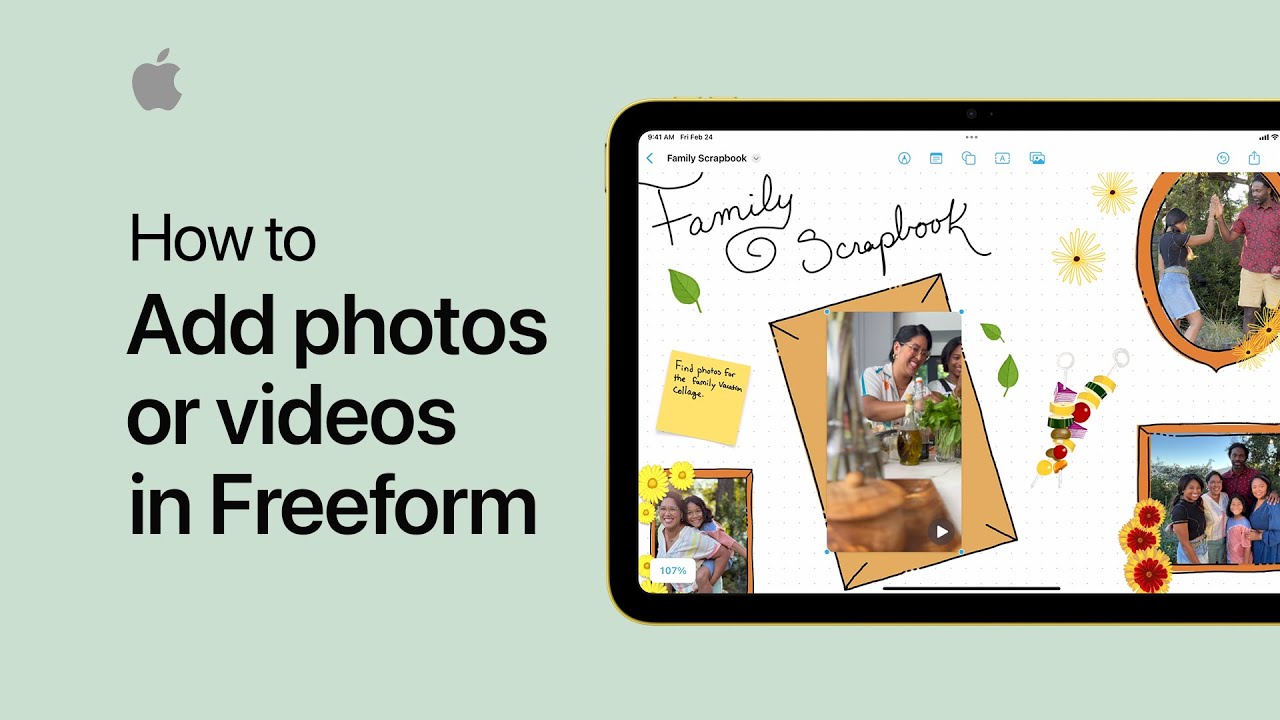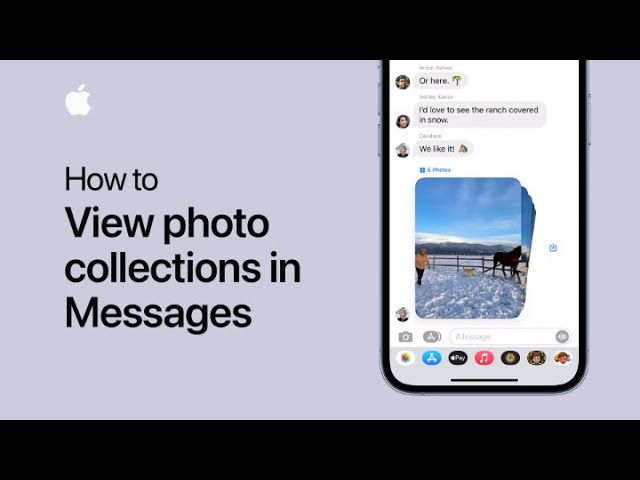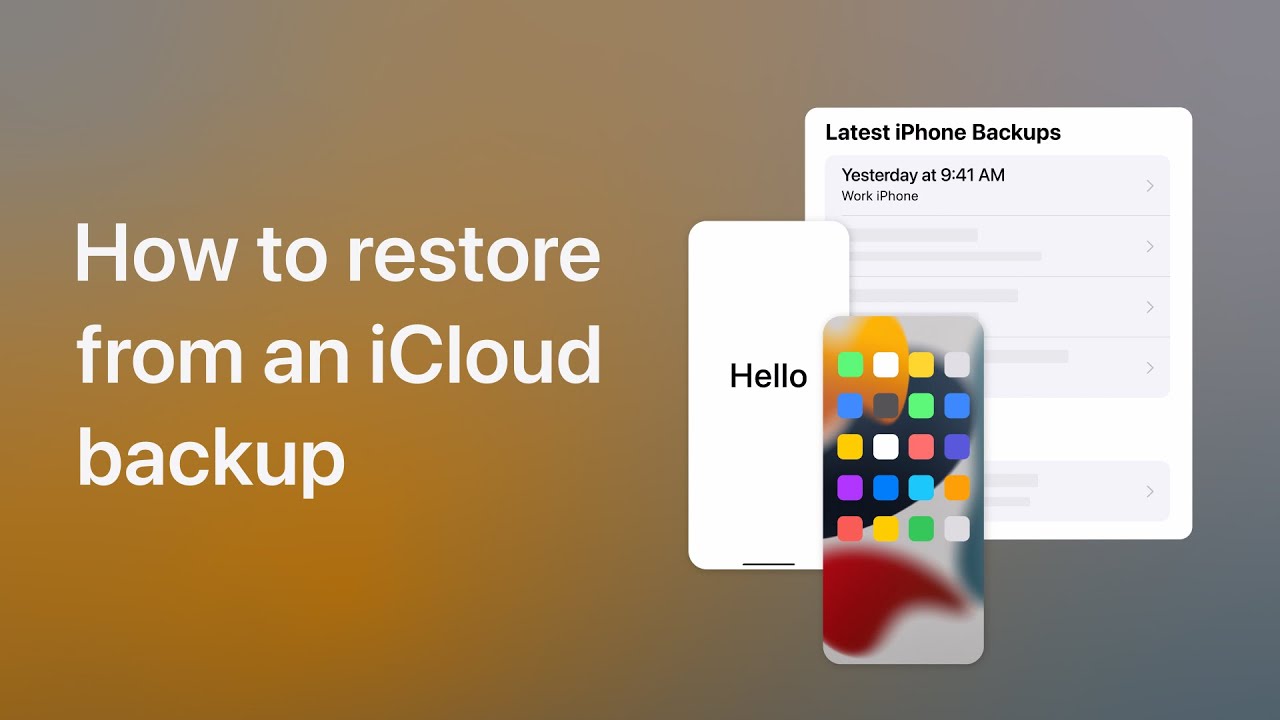Today, I’ll share some tips and commands to enhance your Siri experience. First, set up “Hey Siri” in your settings to enable hands-free use, and adjust accessibility settings for better performance. Key commands include adding items to specific lists, turning on the flashlight, finding your phone, making speakerphone calls, searching for images, and locating your parked car. These commands streamline everyday tasks, making Siri a powerful assistant. If you found this helpful, please like, subscribe, and share any useful Siri commands in the comments. Thanks for watching!
Summary:
– Set up “Hey Siri” for hands-free activation and adjust accessibility settings.
– Use Siri to add items to specific lists, like groceries, in the Reminders app.
– Ask Siri to turn on the flashlight or locate your phone.
– Make speakerphone calls and search for images without interrupting your activities.
– Find your parked car with Siri’s assistance.
